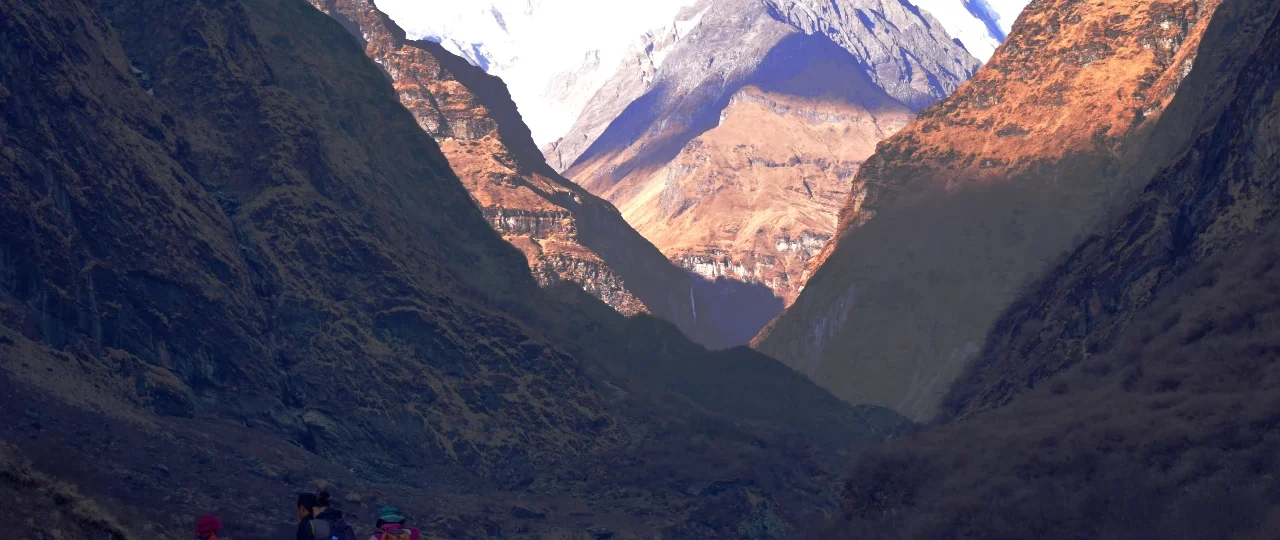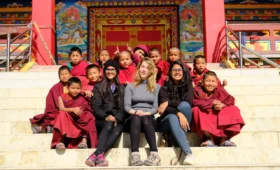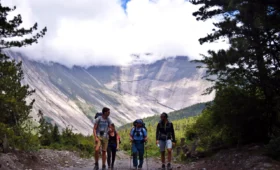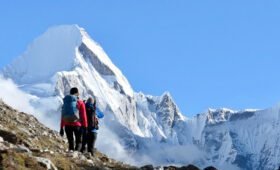1. What is trekking, and where can I do it in Nepal?
- Trekking involves hiking in remote areas. In Nepal, popular trekking regions include the Annapurna, Everest, Langtang, and Manaslu regions.
2. When is the best time to go trekking in Nepal?
- The best time for trekking in Nepal is during the spring (March to May) and autumn (September to November) when the weather is favorable.
3. Do I need any special permits for trekking in Nepal?
- Yes, you’ll need the TIMS (Trekkers’ Information Management System) and a National Park or Conservation Area permit, depending on your trekking destination.
4. How physically fit do I need to be for trekking in Nepal?
- Trek difficulty varies, but a reasonable level of fitness is recommended. Training and preparation can help you enjoy the experience to the fullest.
5. What should I pack for a trek in Nepal?
- Your packing list should include essential clothing, trekking gear, and personal items. Our guides will provide a comprehensive list for your specific trek.
6. What is the typical duration of a trek in Nepal?
- Trek durations can vary from a few days to several weeks, depending on your chosen route and itinerary.
7. Are there teahouses or lodges along the trekking routes?
- Yes, most trekking regions in Nepal offer teahouses or lodges where you can stay and dine during your trek.
8. What kind of food can I expect during a trek in Nepal?
- Teahouses offer a variety of local and international dishes. Dal Bhat, a traditional Nepali meal, is a popular choice.
9. Is it safe to drink water from natural sources during a trek?
- It’s safer to drink bottled or purified water to prevent waterborne illnesses. You can purchase purified water along the trekking route.
10. How do I acclimatize to high altitudes during a trek?
- Trekking itineraries are designed to allow gradual acclimatization. Drinking plenty of water, moving slowly, and recognizing the signs of altitude sickness are crucial.
11. Do I need a guide for trekking in Nepal?
- While it’s not mandatory, having a local guide enhances your experience by providing insight, navigation, and assistance in emergencies.
12. Can I book a trekking tour in advance with Real Journey Nepal?
- Yes, you can book your trekking tour in advance through our website or by contacting our team for personalized assistance.
13. What is the cost of a trekking tour in Nepal?
- Trek costs vary depending on the duration, route, and services included. Contact our team for a customized quote.
14. Is travel insurance necessary for trekking in Nepal?
- Yes, travel insurance is highly recommended to cover potential emergencies, medical expenses, and trip cancellations.
15. Are there restroom facilities along the trekking routes?
- Teahouses and lodges provide shared toilet facilities. In remote areas, you may encounter squat toilets.
16. What are the risks associated with trekking in Nepal?
- Risks can include altitude sickness, weather changes, and trail conditions. Proper planning and adhering to safety guidelines mitigate these risks.
17. Can I trek independently or with a group?
- You can trek independently, with a group of friends, or join a group trek organized by Real Journey Nepal.
18. How can I prepare for a trek in terms of physical fitness?
- Regular aerobic exercises like hiking, cycling, and cardio workouts will help prepare your body for the physical demands of trekking.
19. What’s the maximum group size for trekking with Real Journey Nepal?
- Group sizes vary depending on the trek. Some treks can accommodate larger groups, while others are more suitable for smaller gatherings.
20. Can I customize my trekking itinerary with Real Journey Nepal?
- Yes, we offer customized trekking itineraries to cater to your specific interests, fitness level, and preferences. Contact us to discuss your tailored trekking adventure.



